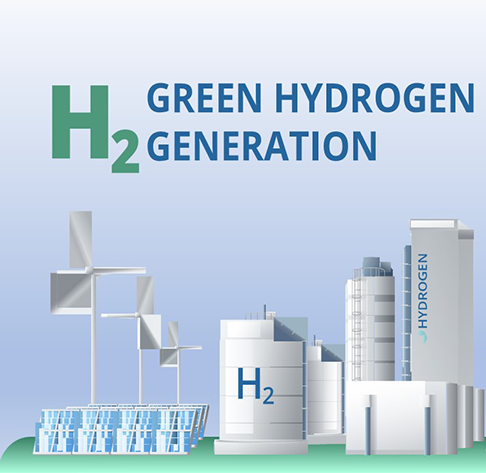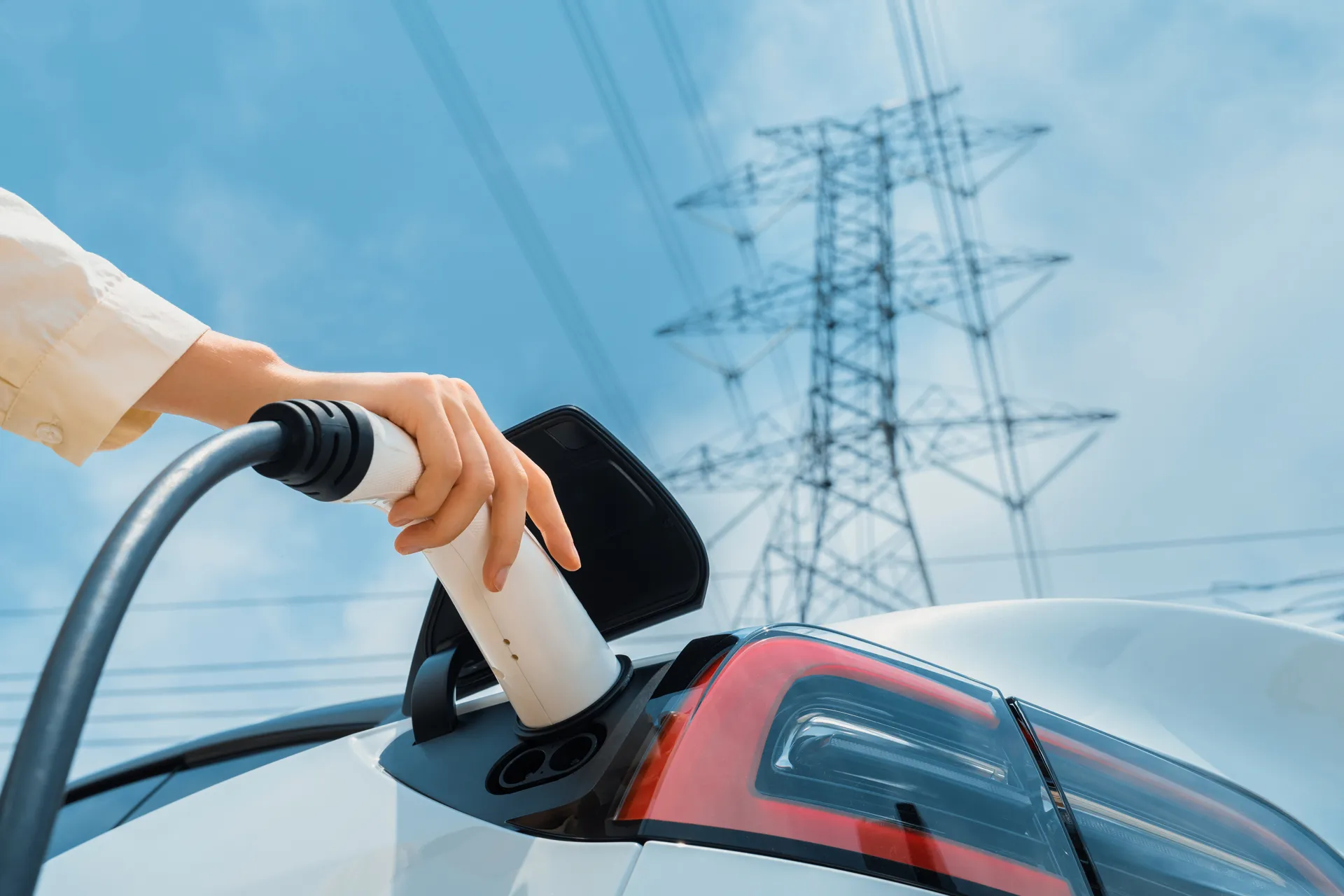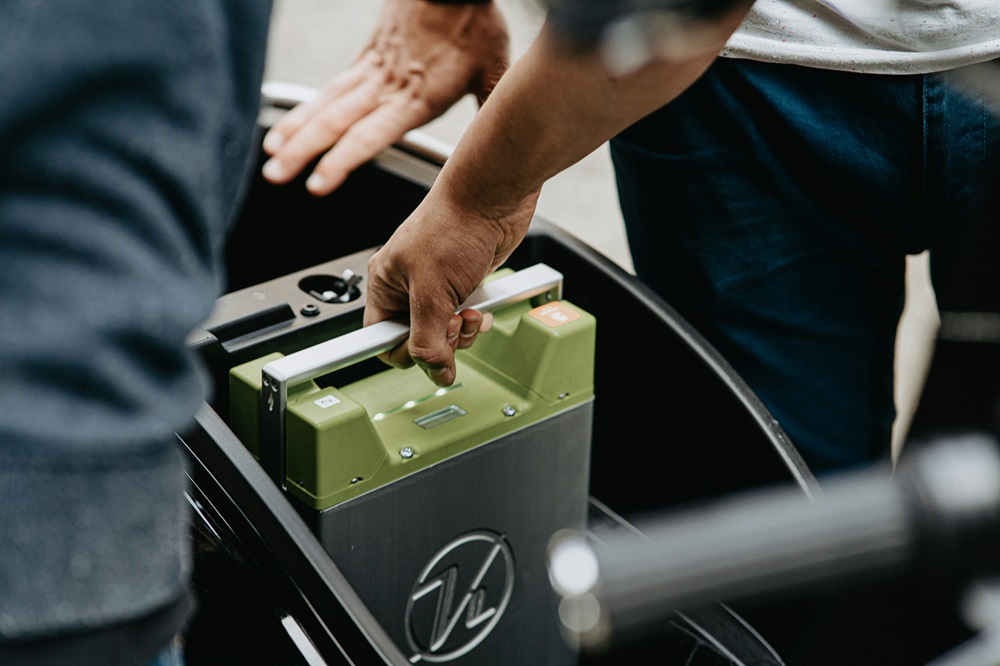IH2A urges Indian Government to boost green hydrogen subsidies to $4.8bn
Green hydrogen is crucial for India's energy transition, as it offers a low-carbon alternative to traditional fuels in key sectors like refining, fertilizers, steel, and heavy-duty transport. With an estimated annual consumption of 5.6 million tonnes of grey hydrogen, India's shift to green hydrogen aligns with its ambition to decarbonize its industries and enhance energy self-reliance. The Indian government has rolled out the Green Hydrogen Policy and National Green Hydrogen Mission, aiming for a green hydrogen production capacity of 5 MTPA by 2030. These policies are supported by subsidies for production, electrolyzer manufacturing, and production-linked incentives for green ammonia and, but these financial incentives remain insufficient for large-scale sectoral transitions.
Despite initial policy steps, India's green hydrogen development has faced slow progress. High costs, limited offtake agreements, and commercial uncertainty are the key issues. IH2A recommends more than doubling the green hydrogen subsidies to $4.8 billion to incentivize increased industrial uptake. These subsidies can help reduce the green hydrogen cost premium and stimulate long-term agreements, especially in sectors like refining, fertilizers, and heavy-duty transport, which would otherwise be hesitant to invest due to high production costs and lack of infrastructure.
A major barrier to green hydrogen adoption is its cost viability. Green hydrogen production costs currently range from USD3.5-5 per kg, which is significantly higher than the breakeven cost of grey hydrogen, around USD2 per kg. Sectors like fertilizers and refining, where hydrogen is a key input, struggle with the high costs of green hydrogen, making a transition financially unfeasible. Additionally, in transportation, the infrastructure needed for hydrogen refueling stations adds to the costs, and industries like steel and shipping may not adopt green hydrogen until technological innovations and economies of scale bring costs down.
Waivers on interstate open-access charges could facilitate the transportation of power between special economic zones, especially since green hydrogen production sites and renewable energy assets may be located far apart and across state boundaries. Just like the central government, individual states could consider offering waivers on ISTS charges. States such as Rajasthan, Andhra Pradesh, and Uttar Pradesh already offer waivers or have lowered intrastate open-access charges in their respective green hydrogen policies. Both central and state governments could explore providing direct fiscal support through low-interest loans, government-backed institutions, and other financial assistance mechanisms. Offering affordable green financing at rates comparable to green bonds or loans would be essential in lowering the WACC for green hydrogen projects, thus reducing production costs without putting a heavy strain on government finances.
India's green hydrogen sector presents substantial opportunities, particularly for industries like refining, fertilizers, steel, and heavy-duty transport. By scaling up green hydrogen production and creating a robust infrastructure, India can not only meet its domestic demand but also position itself as a global leader in green hydrogen exports. With its existing industrial base and growing demand in key sectors, India has a unique opportunity to attract foreign investment, boost its electrolyzer manufacturing capabilities, and drive technological innovation. Developing hydrogen hubs and infrastructure in regions like Gujarat, Maharashtra, and Uttar Pradesh could further accelerate India's transition to a green hydrogen economy.




